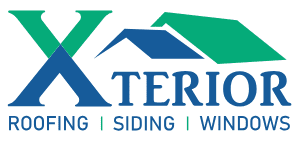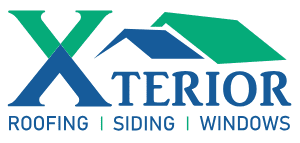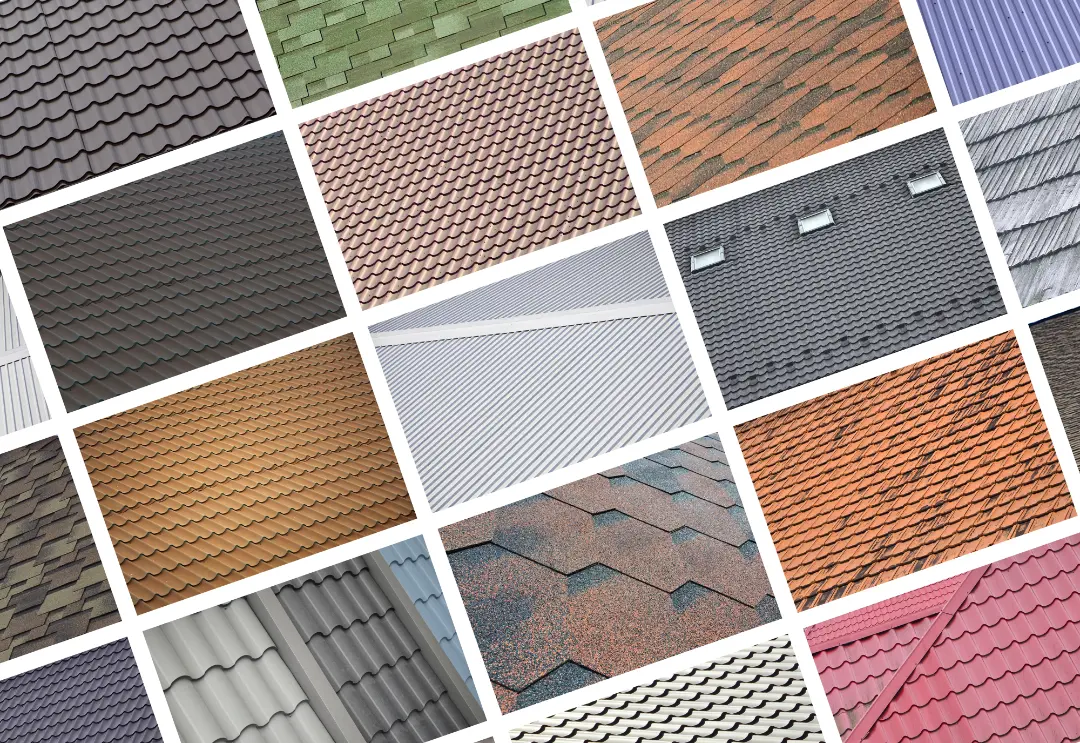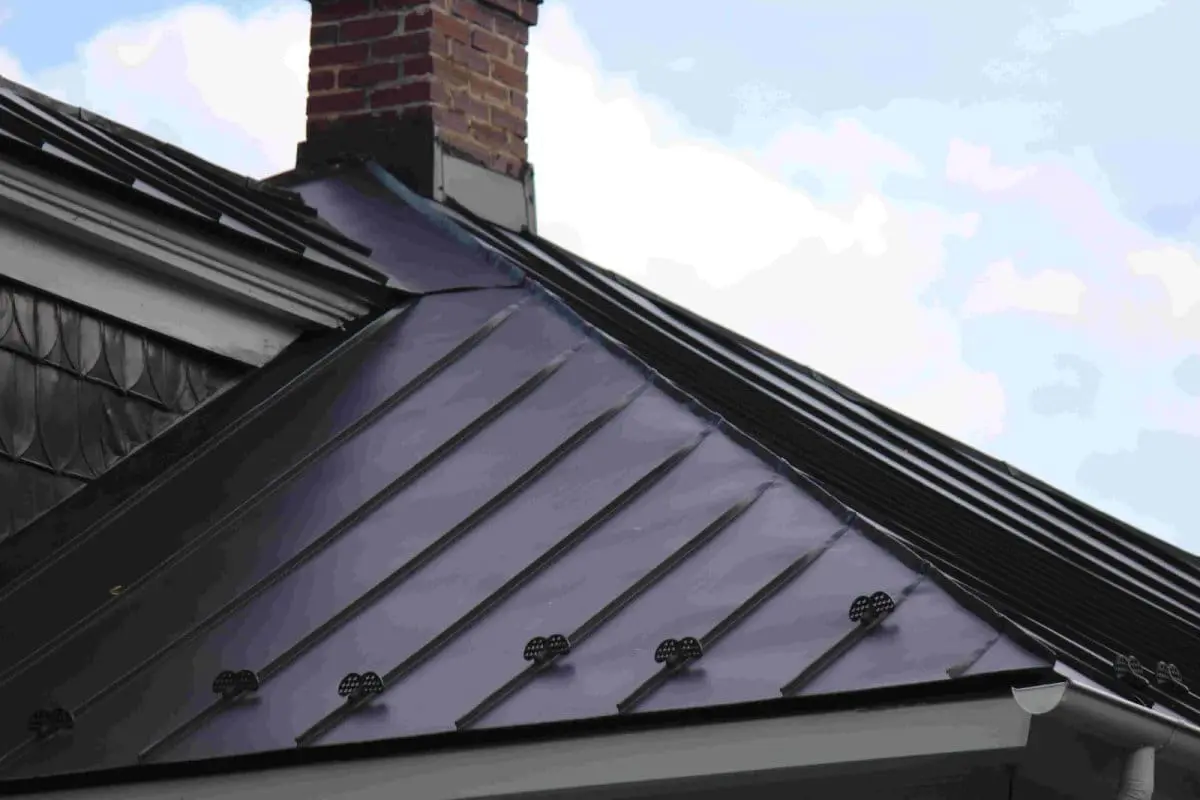Choosing the best roofing material is crucial for your home’s protection and aesthetics. This comparison of residential roofing materials covers asphalt shingles, metal, slate, wood, clay tiles, green roofs, solar shingles, BUR, membrane, composite, and rolled roofs. We will help you evaluate their durability, cost, and suitability for different climates so you can find the ideal roofing material for your home.
Key Takeaways
- Choosing the suitable roofing material affects a roof’s durability, weather resistance, aesthetics, noise insulation, and long-term cost-effectiveness.
- Asphalt shingles are affordable, easy to install, and low maintenance, making them popular despite potential drawbacks like fading color and varying styles.
- Metal, slate, wood, clay, green roofs, and solar shingles offer distinct benefits such as durability, energy efficiency, and aesthetic appeal, but each comes with specific cost and maintenance considerations.
Importance of Choosing the Right Roofing Material
The choice of roofing material significantly influences the performance and longevity of your roof, helping it withstand harsh weather conditions such as heavy rain, strong winds, and extreme temperatures. Durable materials like metal, slate, and concrete tiles resist damage from wind, rain, hail, and UV rays, ensuring a longer lifespan for the roof. Moreover, roofing materials should be chosen based on specific climate conditions to provide long-lasting protection against local weather patterns, such as intense sunlight in hot climates or heavy snowfall in cold regions.
However, the choice of roofing material is not solely about durability and weather resistance. Aesthetics also play a crucial role, as the roof’s look can significantly impact the property’s curb appeal and overall value. Additionally, investing in high-quality roofing materials upfront may lead to lower long-term maintenance expenses and increased overall cost-effectiveness despite higher initial costs.
Noise insulation is another important factor when choosing a roofing material. Options like metal and clay tiles can help minimize external noise in some situations, providing a quieter indoor environment.
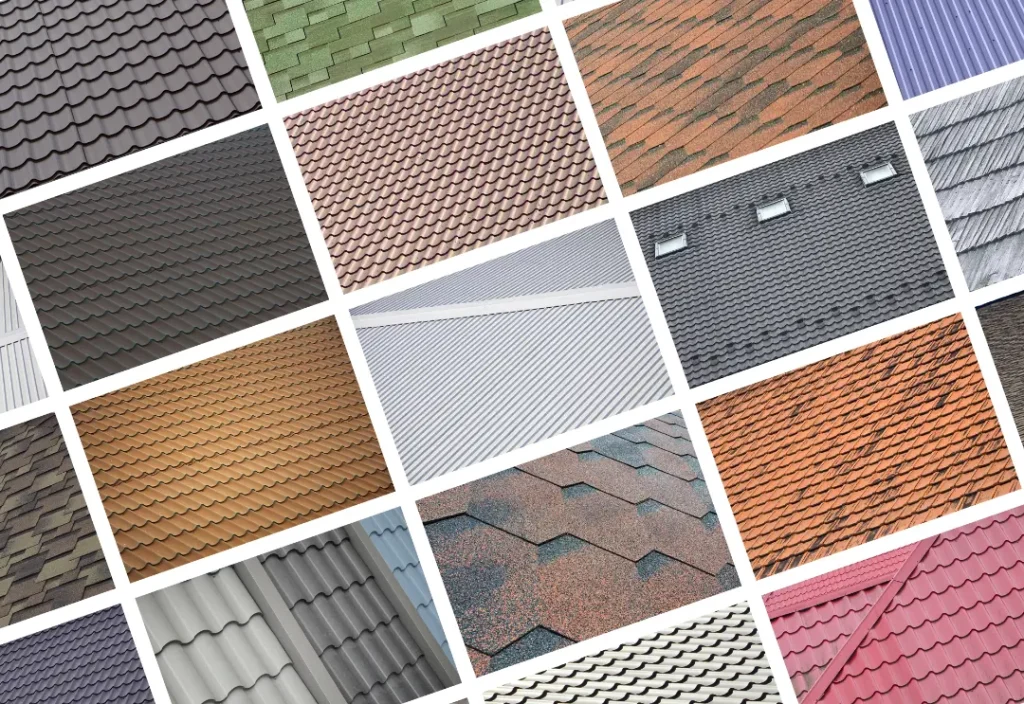
Asphalt Shingles: Affordable and Popular
Asphalt shingles are a popular choice among homeowners due to their affordability, versatility, and ease of installation. They are the most common residential roof covering in the U.S., offering a cost-effective solution and high performance. Some key benefits of asphalt shingles include:
- Affordability: The average cost to install asphalt shingle roofs is around $5 per square foot, making them a budget-friendly option.
- Easy installation: Asphalt shingles are more straightforward and quicker than other roofing materials, lowering installation costs.
- Lightweight: Asphalt shingles are not too heavy, eliminating the need for structural changes to support their weight.
- Durability: Asphalt shingles are designed to withstand various weather conditions and can last several decades with proper maintenance.
- Versatility: Asphalt shingles come in a wide range of colors and styles, allowing homeowners to choose a look that complements their home’s aesthetic.
Considering these factors, it is no wonder why asphalt shingles are a popular choice for residential roofing.
Asphalt shingles have several advantages:
- They are low maintenance, saving time and energy while helping prolong the roof’s lifespan.
- They are easy to repair, with many roofers able to handle asphalt shingle repairs.
- Algae-resistant shingles are available to inhibit algae growth, maintaining the roof’s appearance.
However, it is worth noting asphalt shingles do have some drawbacks. The color of the shingles can fade over time, and the variety of styles can affect the color and quality. Therefore, while asphalt shingles are an affordable and popular roofing material, they may require more frequent replacement than other materials.
Metal Roofing Options
While asphalt shingles are popular, other durable roofing options exist, such as metal roofing. Metal roofs come in various styles, including:
- Standing seam metal roofing, which features concealed fasteners, provides a sleek and modern look.
- Metal shingles offer durability and a wide range of design options.
- Corrugated metal roofing is known for its affordability and ease of installation.
- Metal tile roofing combines the durability of metal with the aesthetic appeal of traditional tile roofs.

Corrugated Metal Roofing
Corrugated metal roofing, known for its affordability and ease of installation, remains a popular choice for both residential and commercial buildings. The distinctive ridges and grooves in corrugated metal sheets not only provide strength and durability but also create a unique aesthetic appeal. These roofs are typically made from galvanized steel or aluminum, ensuring resistance to rust and corrosion. One of the key benefits of corrugated metal roofing is its ability to withstand harsh weather conditions, including heavy rain, strong winds, and even hail. Additionally, the lightweight nature of corrugated metal reduces the structural load on buildings, making it an ideal option for various architectural styles.
The average cost to install corrugated metal roofing ranges from $5 to $12 per square foot, making it a budget-friendly option for those seeking durability without breaking the bank. Moreover, corrugated metal roofing is an environmentally friendly option. Many corrugated metal roofs are made from recycled materials, and at the end of their long lifespan, they can be fully recycled again. This sustainability aspect makes them a great choice for eco-conscious homeowners. However, it’s worth noting that while corrugated metal roofing is relatively easy to install, it requires precise fitting and sealing to prevent leaks and ensure maximum longevity.
Standing Seam Metal Roofing
Standing seam metal roofing offers a sleek, modern appearance that has become increasingly popular among homeowners and architects. This roofing style features vertical panels with raised seams that run continuously from the ridge to the eave, providing a clean and streamlined look. One of the significant advantages of standing seam metal roofing is its exceptional durability and weather resistance. The concealed fasteners in standing seam systems protect against water infiltration, which is particularly beneficial in regions with heavy rainfall or snow.
In addition to its robust performance, standing seam metal roofing is also known for its energy efficiency. The reflective properties of metal help to deflect solar heat, keeping homes cooler in the summer and reducing energy costs. Many standing seam metal roofs are designed to accommodate solar panels, making them an excellent choice for those looking to invest in renewable energy solutions. Despite the higher upfront cost compared to asphalt shingles, the long-term benefits of standing seam metal roofing, such as reduced maintenance and extended lifespan, often outweigh the initial investment.
The average cost to install standing seam metal roofing ranges from $10 to $20 per square foot, reflecting its premium quality and long-lasting durability. However, installation of standing seam metal roofing can be more complex and requires professional expertise to ensure proper fitting and sealing. It’s also important to consider that while the metal is highly durable, minor scratches or dents can occur, potentially impacting the aesthetic appeal. Nonetheless, the combination of durability, energy efficiency, and modern aesthetics makes standing seam metal roofing a compelling option for many homeowners.
Each style offers distinct benefits, so choosing the one that best suits your needs and preferences is important.
Metal roofing materials, which are used for constructing a metal roof, also vary, with options including:
- Steel
- Aluminum
- Copper
- Zinc
Each material has its unique benefits. For example, aluminum roofing is lightweight, durable, and corrosion-resistant, making it suitable for coastal environments. On the other hand, copper roofing develops a protective layer that changes color over time, giving it a unique appearance. However, copper and zinc roofing are among the most expensive metal roofing options.
Despite the initial high cost, metal roofs offer several advantages such as:
- More robust in inclement weather like strong winds, ice, and snow.
- Withstanding impact.
- Keeping moisture away.
- Providing superior UV protection.
However, they do have some drawbacks. Over time, damage can begin to show, impacting the home’s appearance.
Slate Roofs: Timeless Elegance
Consider slate roofs if you are looking for a roofing option that combines durability with timeless elegance. They offer a classy appearance in various sizes, thicknesses, and colors, contributing to an eco-friendly lifestyle due to their superior longevity and reducing landfill waste. Moreover, slate roofs can offer over 100 years of durability if correctly installed, making them resistant to:
- High winds
- Extreme temperatures
- Hail
- Small branches
However, the installation of slate roofs has some drawbacks:
- It requires trained professionals and takes significantly longer than installing asphalt shingles.
- Many homes require structural reinforcements to support the heavy weight of slate tiles, adding to installation costs.
- Slate roofing is heavy and expensive, requiring specialist installation.
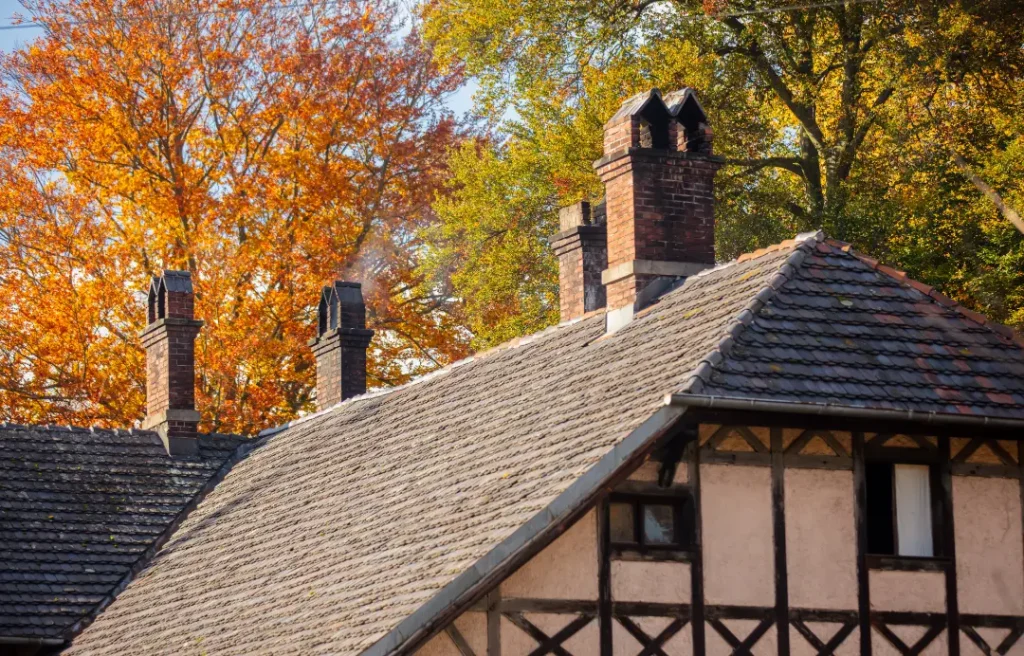
Despite these drawbacks, slate roofs are known for their exceptional durability and timeless elegance, making them a wise investment for homeowners.
Therefore, slate roofs offer a long lifespan and aesthetic appeal, but they may only be suitable for some homeowners due to their high cost and weight.
Wood Roofing: Natural and Rustic
Wood roofing could be ideal for homeowners who prefer a rustic aesthetic. Wood roofs are known for their aesthetic appeal, often changing color as they age, enhancing the home’s visual transformation. Some benefits of wood roofing include:
- A wide range of color options, such as yellow-gold, deep reddish brown, brown, gray, silver, and gray.
- Natural beauty that adds character to the home.
- Durability and longevity, when properly maintained.
- Insulation properties that can help regulate temperature.
Consider these factors when deciding if wood roofing is the right choice for your home.
Wood roofing is not just about aesthetics, though. It’s also a durable and energy-efficient option. Types of wood used for roofing include cedar, redwood, and pine, with cedar needing to be adequately treated to resist fire. Wood shakes and shingles are common forms of wood roofing, with shakes being thicker and able to withstand weather and UV rays better than wood shingles.
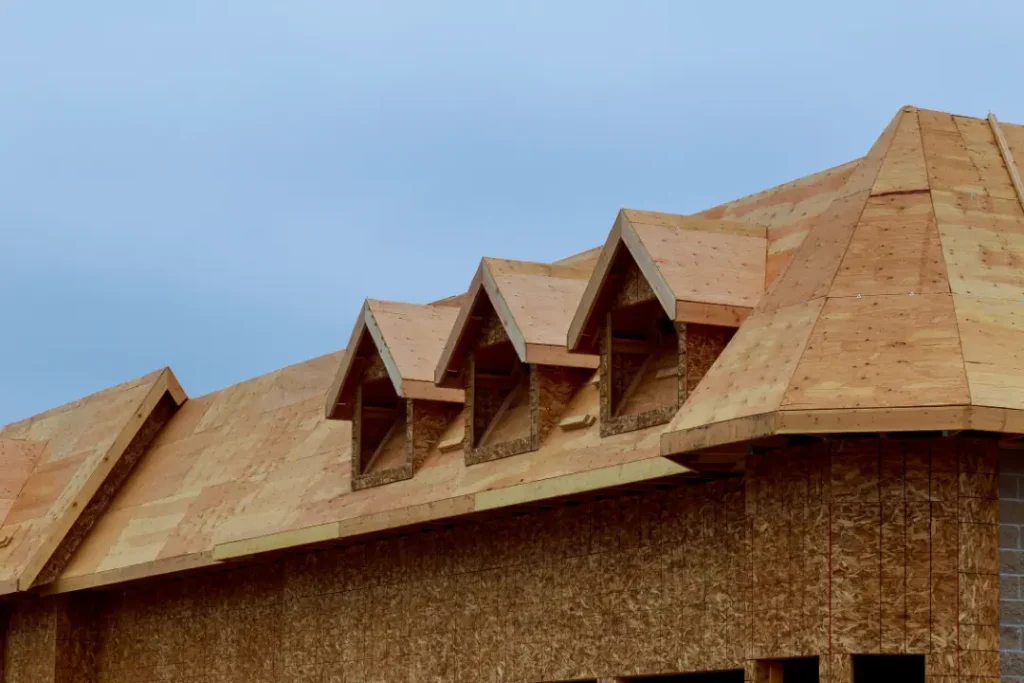
However, wood roofs do come with higher costs and maintenance requirements. These price variations depend on the quality and supplier. Also, regular maintenance, including treatment for fire resistance, especially in fire-prone areas, is essential for wood roofs.
Clay and Concrete Tiles
Clay and concrete tiles are another durable and visually appealing roofing option. Clay tiles can last well over 100 years, whereas concrete tiles typically last between 30 to 50 years. Moreover, clay tiles are known for their incredible strength and durability. They are great for homes in hot climates, requiring less maintenance and absorbing less moisture.
However, clay and concrete tiles are heavy and may require additional structural support, adding to installation costs. Concrete tiles weigh almost 40% more than clay tiles, with concrete tiles weighing 820 to 1,100 pounds per 100 square feet and clay tiles weighing about 600 to 650 pounds. Therefore, it’s essential to have a roofer or structural engineer ensure the home can support it.
Despite their durability and visual appeal, clay and concrete tiles may only suit some homeowners due to their weight and potentially high installation costs.
Green Roofs: Eco-Friendly Choices
Moving away from traditional roofing materials, let’s explore an eco-friendly option: green roofs. A green roof is a type of rooftop garden that is covered in vegetation, including:
- Small bushes
- Trees
- Grasses
- Flowers
It provides natural beauty and insulation for the building. This sustainable roofing option contributes to environmental preservation and improves air quality and energy efficiency. Green roofs can reduce stormwater flow from a roof by up to 65% and delay the flow rate by up to three hours, helping manage stormwater in urban areas.
Moreover, green roofs have several benefits:
- They can help mitigate the urban heat island effect by reducing absorbed solar radiation.
- They add aesthetic value and beauty to buildings.
- They are expected to last twice as long as conventional roofs.
However, green roofs do come with higher costs. The cost of installing a green roof can range from $? to $? per square foot, depending on the specific requirements and materials used. This range accounts for size, complexity, and additional features.
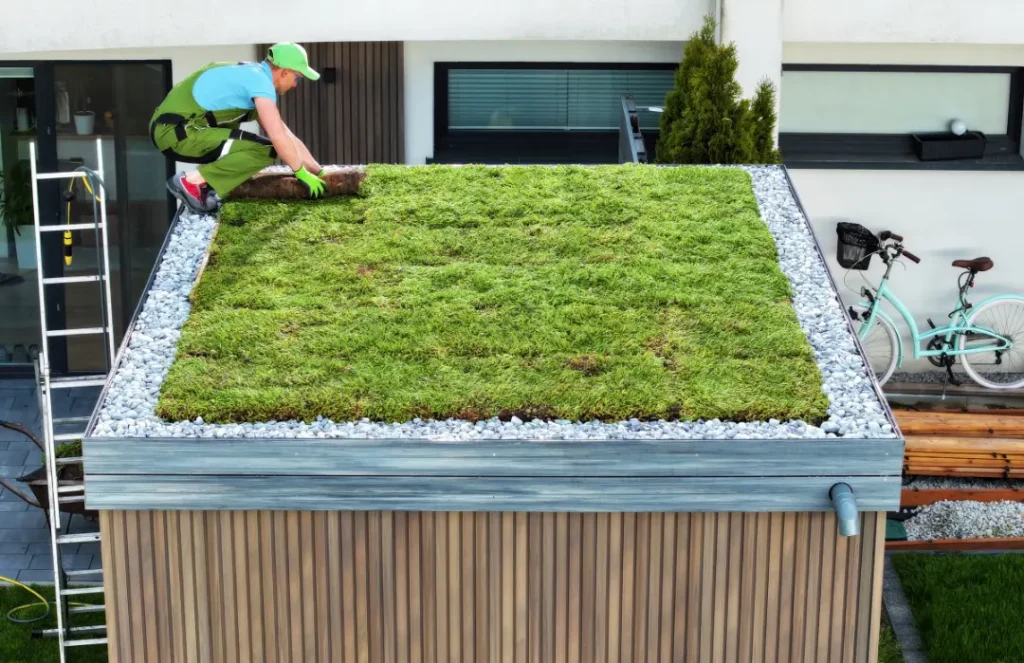
Annual maintenance costs vary depending on the property size, ranging from $? to $1.50 per square foot. It is important to consider these costs when budgeting for property maintenance. Despite the initial high cost, the long-term benefits of green roofs, including lower energy costs, less frequent roof replacement, and reduced stormwater management costs, can make them a worthwhile investment.
Solar Shingles: Energy Efficiency
Solar shingles are another eco-friendly roofing option that protects your home and generates power. Solar shingles offer the following benefits:
- They capture sunlight and convert it into electricity through embedded photovoltaic cells.
- They maintain the aesthetic appeal of traditional roofing materials.
- They generate renewable energy, reducing dependence on the power grid and decreasing electricity bills.
- Homeowners can sell excess electricity generated by the shingles back to the grid.
- Investing in solar shingles can increase a property’s value.
- Government incentives and tax credits are often available for homeowners installing solar shingles.

However, like green roofs, solar shingles have a high initial cost. A solar roofing project costs from $35,000 to $75,000, which is a considerable investment. However, despite the initial expense, it can save money in the long run.
Moreover, solar shingles have some limitations to consider:
- Moreover, solar shingles have some limitations to consider: They are more delicate than traditional roofing options and perform best in direct sunlight. They are efficient for 20 to 30 years. They can boost home value by $15,000 or more.
Homeowners need to consider these factors when choosing solar shingles.
Built-Up Roofing (BUR)
Shifting from high-tech roofing solutions back to a more traditional and affordable option, we have built-up roofing (BUR). BUR uses multiple tar and fabric membranes to prevent leaks in flat-top roofs, making it a great choice for flat or slightly pitched roofs. BUR roofs are commonly found on structures with minimal pitch, such as:
- Commercial warehouses
- Industrial facilities
- Large retail centers
- Educational and healthcare facilities
They are also applied in educational and healthcare facilities due to their durability and weatherproof qualities. Cost of Installation: The average cost for professional installation of BUR is around $7 per square foot, but this can vary significantly based on factors like location, labor rates, and specific materials used.
However, the installation of BUR takes a lot of work compared to other roofing materials. The average cost for professional installation of built-up roofing is $4 per square foot, but this cost may vary based on specific factors such as location and materials. Despite the potential health hazards and slow installation process, BUR is a cost-effective roofing option, with the estimated average cost of built-up roofing over 100 years being about $32,000.
Membrane Roofing for Flat Roofs
Another option for flat or low-pitched roofs is membrane roofing. Membrane roofing made most commonly with EPDM, is suited for homes with flat or low-pitched roofs. EPDM is a synthetic rubber membrane known for its durability and is often used in commercial and residential roofing. EPDM membrane roofs can last 25 to 30 years if fully adhered with a 0.060 thickness.
While membrane roofing suits flat or low-pitched roofs, it can be prone to punctures and leaks. Therefore, while considering this option, homeowners must weigh its potential issues against its suitability for flat roofs and long lifespan.
Composite Shingles: Versatility and Durability
Moving on to a more versatile and durable roofing option, we have composite shingles. Composite shingles offer:
- High durability with a Class 4 impact rating
- Versatility and a variety of styles
- The most popular roofing material found on more than 80 percent of all homes
- A typical lifespan ranges from 20 to 50 years
These features make composite shingles a popular choice among homeowners.
However, composite shingles offer versatility and durability. Here are some key points to consider:
- Composite shingles are considered a premium roofing material.
- They can be expensive, ranging from $310 to $500 per square foot.
- Their higher cost may make them the best choice for some homeowners.
Rolled Roofing: Quick and Cheap
Finally, rolled roofing could be ideal for homeowners looking for a quick and cheap roofing option. Rolled roofing offers:
- Ease of installation, often allowing homeowners to do the work themselves.
- Cost-effectiveness, with average costs for installing asphalt roll roofing at about $4 per square foot.
- Fire resistance.
- Suitable for flat roofs or roofs with a very slight pitch.
These characteristics make rolled roofing a budget-friendly option for many homeowners.
However, rolled roofing generally has a shorter lifespan, typically lasting between 10 and 20 years. It also has limited color options and could be more durable. Therefore, while rolled roofing is a quick and cheap option, it may require more frequent replacement than other materials.
Summary
In conclusion, the choice of roofing material plays a crucial role in your home’s longevity, energy efficiency, and aesthetics. From versatile asphalt shingles and durable metal roofing to elegant slate roofs and rustic wood roofing, there’s a wide array of options to suit every homeowner’s needs and preferences.
Eco-friendly choices like green roofs and solar shingles offer environmental benefits and energy efficiency but come with higher costs. Traditional options like BUR and membrane roofing are suitable for flat roofs, while composite shingles offer versatility and durability.
Lastly, rolled roofing provides a quick and cheap solution for homeowners on a budget. By understanding the benefits and drawbacks of each material, you can make an informed decision that enhances your home’s value, functionality, and aesthetic appeal.
Frequently Asked Questions
What are the advantages of asphalt shingles?
Asphalt shingles’ advantages include affordability, versatility, ease of installation, durability, and low maintenance, making them a practical choice for many homeowners.
What are the benefits of metal roofing?
Metal roofing offers superior durability, hail, wind, weather resistance, and a variety of styles. It strongly protects against inclement weather, resists impact, keeps moisture out, and offers excellent UV protection.
How long do slate roofs last?
Slate roofs can last over 100 years if correctly installed.
What is the lifespan of composite roofing shingles?
Composite roofing shingles generally last between 20 to 50 years, making them a durable option for roofing.
How long does rolled roofing typically last?
Rolled roofing typically lasts between 10 to 20 years, making it an affordable and relatively short-term option for roofing needs.
Disclaimer:
The content in this blog is for informational purposes only and is intended to assist homeowners in understanding roofing, siding, windows, gutters, shutters, and general home improvements. Xterior LLC advises against attempting any of the tasks described here, as they require professional expertise. We do not assume liability for any injuries, damages, or losses resulting from DIY attempts. Always refer to the manufacturer of products for specific maintenance instructions.
By viewing this blog, you acknowledge and release Xterior LLC from any and all liability related to the use or misuse of the information provided.
Please note that Xterior LLC may not offer all the services discussed. Repairs, estimates, and inspections are priced based on availability, location, and time. All services, offerings, and prices are subject to change without notice.
For more information or to request services, please contact Xterior LLC directly.
